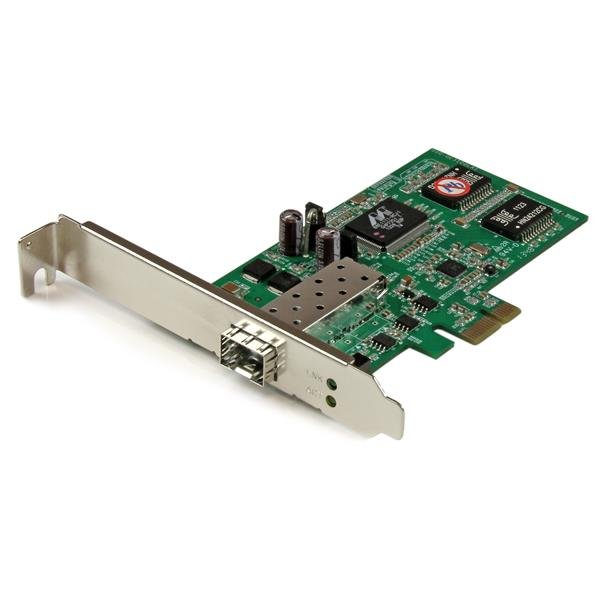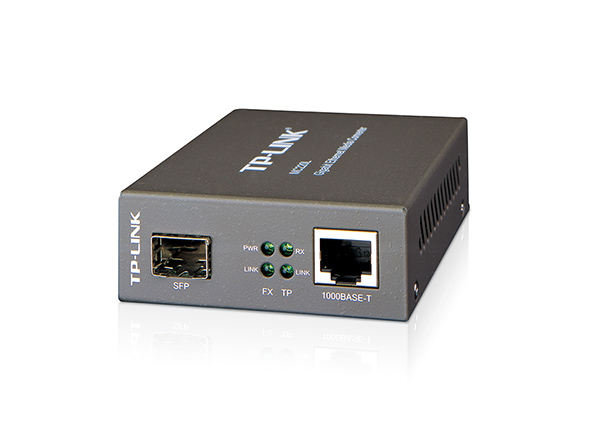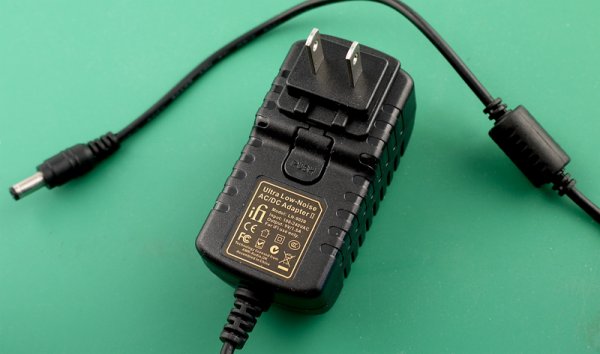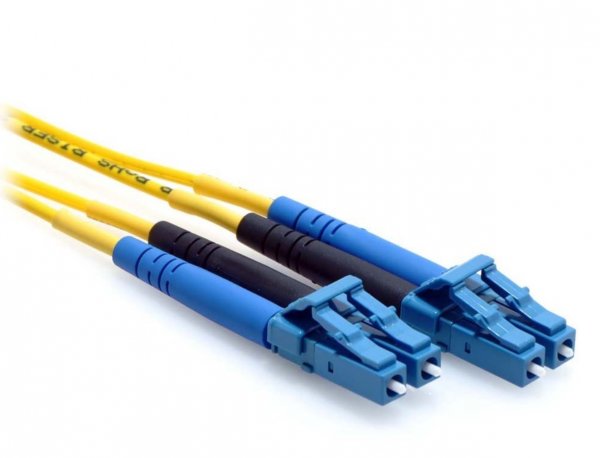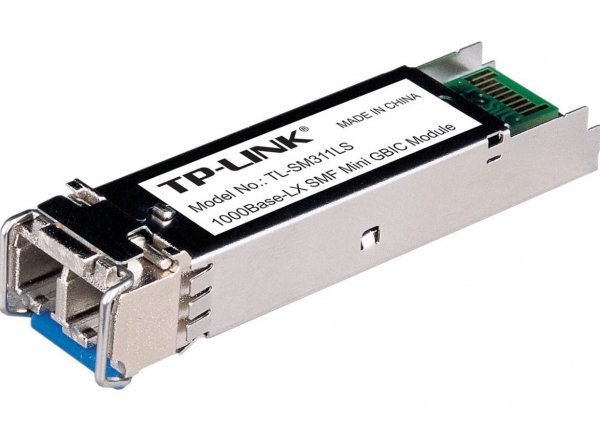Provided it is powerful enough to do the real time conversion, and assuming for a moment that noise isn't an issue, is there any particular reason why a purpose built audio server, like the ones we have all done to get the best sound out of USB, should have corresponding application to the Ravenna ethernet protocol?
Like Amir, I think I will throw together a dead silent music server with an i7 SkyLake processor and a 2 TB SSD (perhaps even 2 x 1Tb mSSD) and ample RAM, with Windows 8 64 on it (Merging recommend 8). And a linear power supply - just because I have one lying around.
Second question - why not connect the ethernet to the Nadac and use wireless to control Roon, just as I am with my MBA?
All input would be welcomed.
Like Amir, I think I will throw together a dead silent music server with an i7 SkyLake processor and a 2 TB SSD (perhaps even 2 x 1Tb mSSD) and ample RAM, with Windows 8 64 on it (Merging recommend 8). And a linear power supply - just because I have one lying around.
Second question - why not connect the ethernet to the Nadac and use wireless to control Roon, just as I am with my MBA?
All input would be welcomed.


